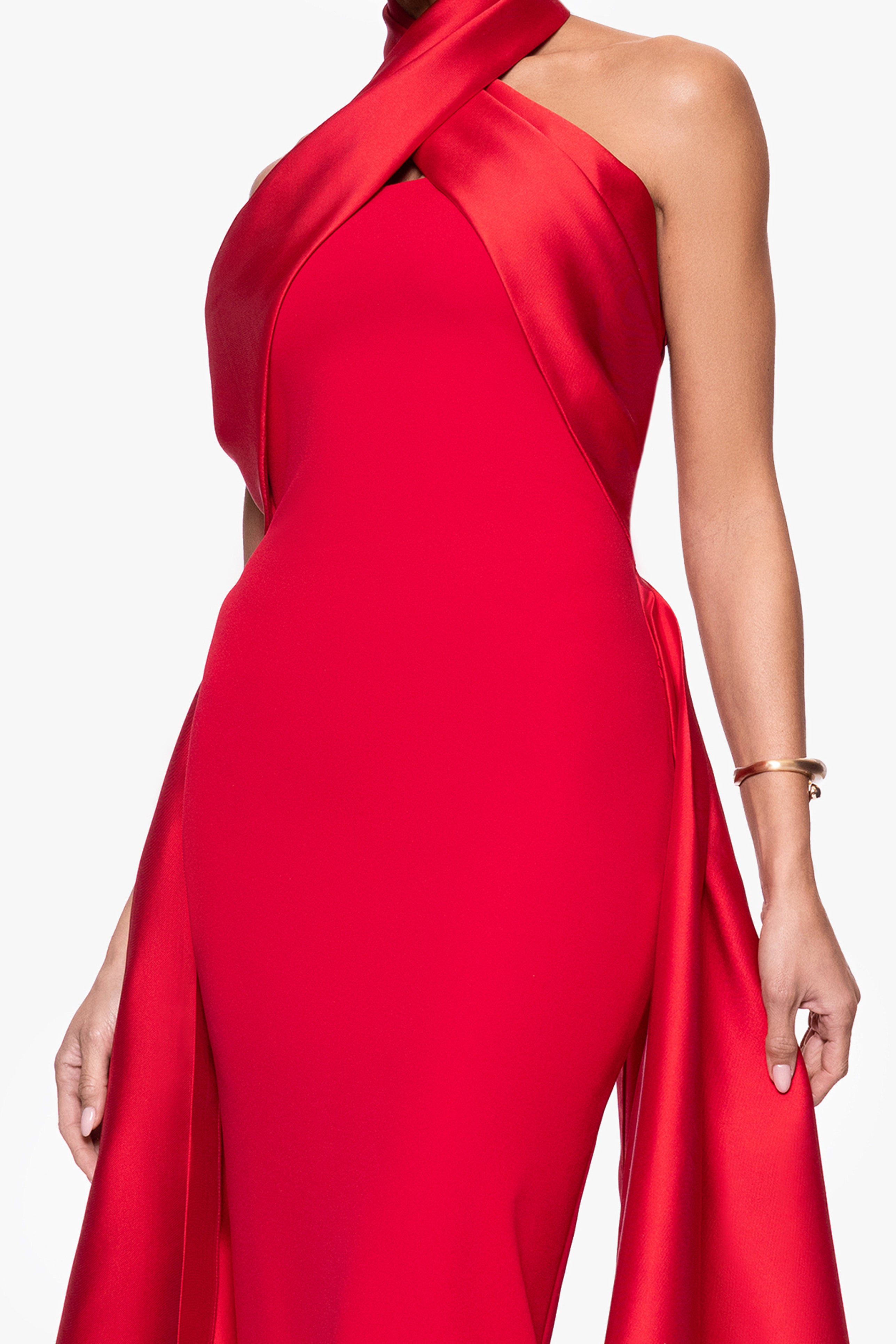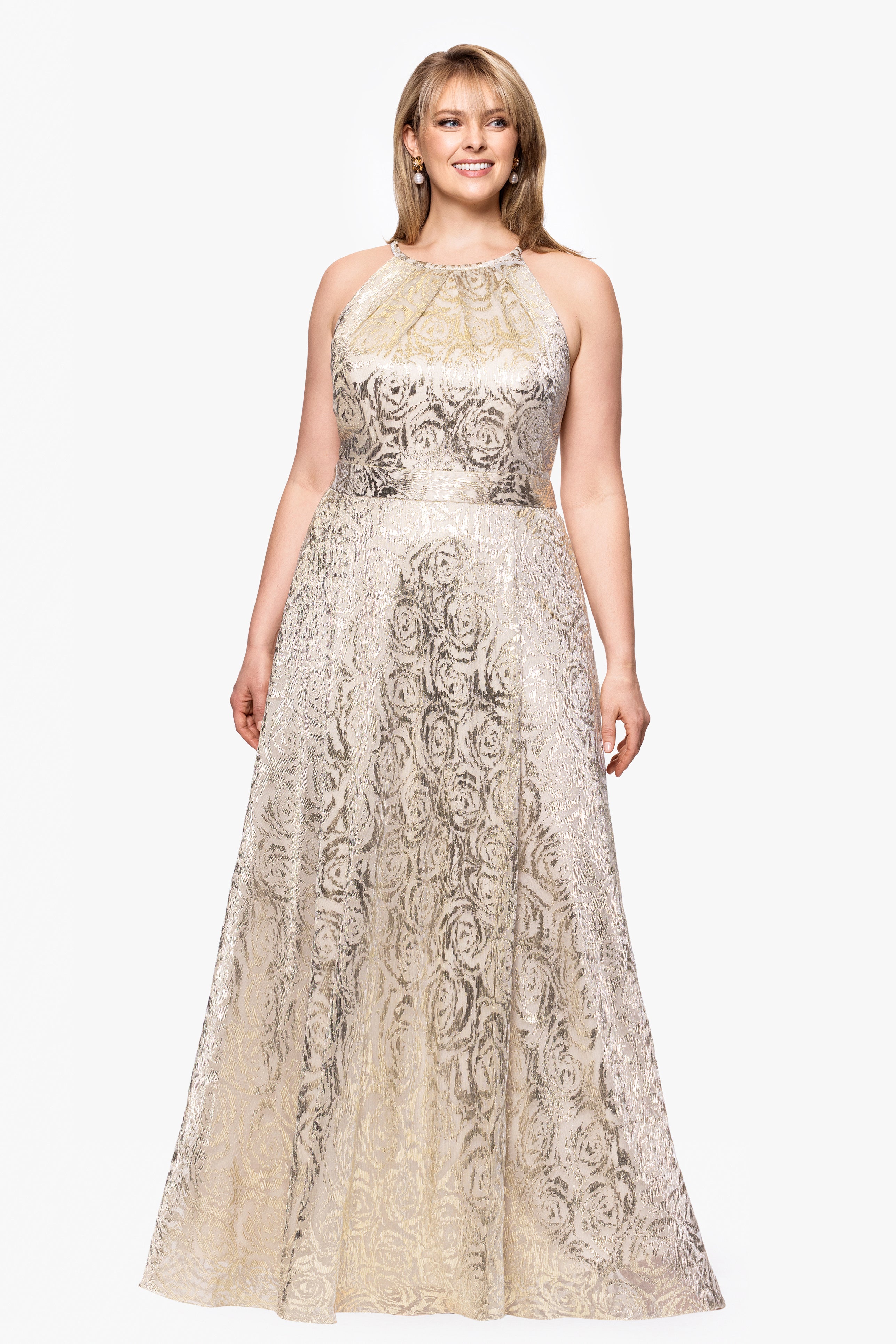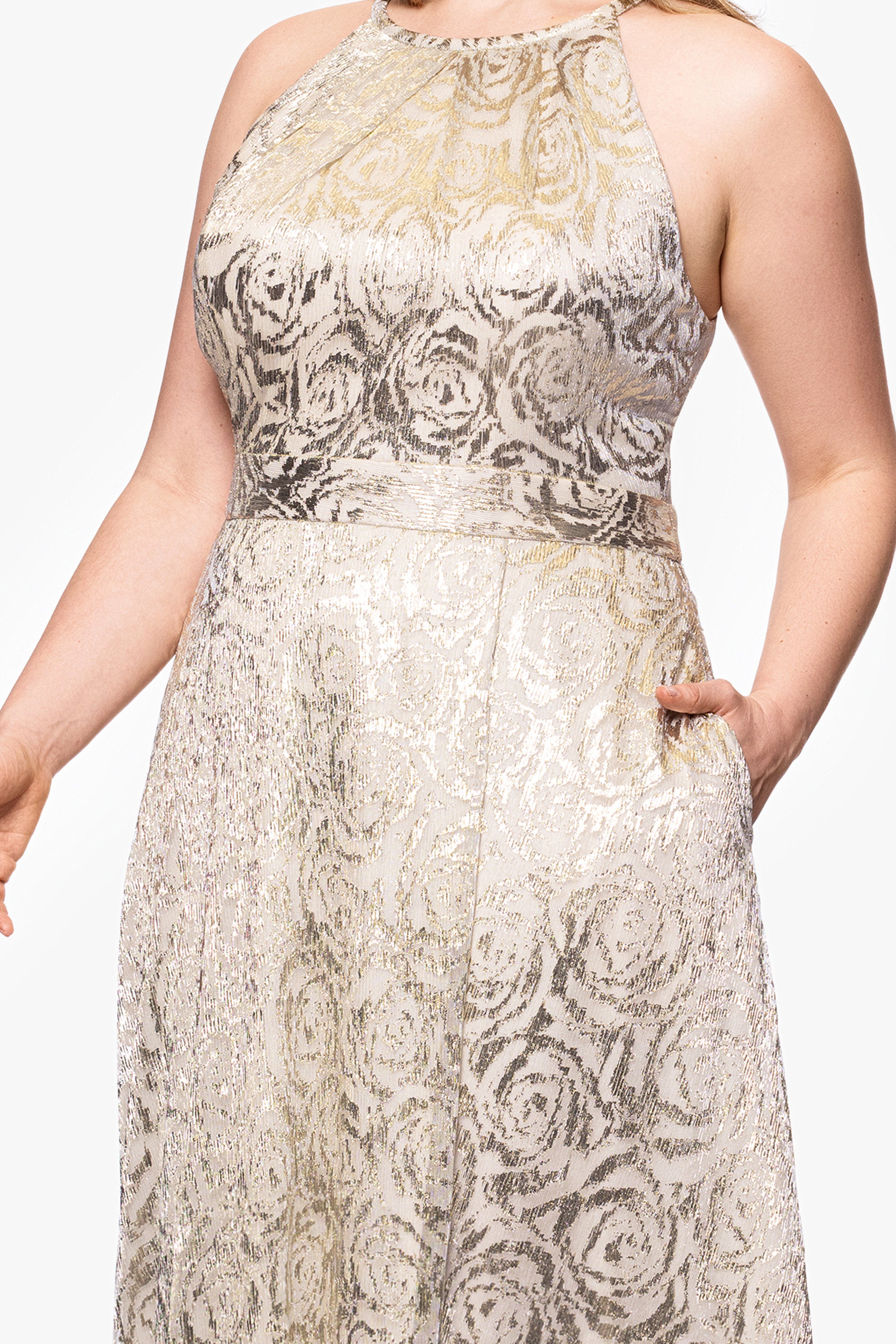Welcome to your Black Tie RSVP 101 crash course, where we break down what a Black Tie RSVP means, when you might receive one, and, most importantly, how to pick a Black Tie dress.
What Does a Black Tie RSVP Mean?
Black Tie is the second fanciest tier of dress code (with White Tie being the most formal), and it uses menswear as the defining factor. It requires those wearing suits to wear suit jackets, suit pants, and the signature black bow tie. As a result, womenswear must be equally elegant, sophisticated, and refined. We’ll get into how to nail that look in Part 3!
When Might You Receive a Black Tie RSVP?
Black Tie is a dress code, so any time you are sent an invite to an event where a dress code might be present, Black Tie could be required. This includes galas, awards ceremonies, significant birthday milestones, formal dinners, and, of course, weddings. Weddings are the number one occasion where people seek advice for Black Tie dresses, as no one wants to be the guest who gets the dress code wrong on such an important day. So don’t worry! Let’s break it down.
How to Pick a Black Tie Dress
Black Tie is notoriously hard to pin down when it comes to finding the perfect dress. “You’ll know it when you see it” is often said, but we’re here to tell you there’s an easier way! Just use the Betsy & Adam Black Tie Rule of 3. When picking a Black Tie dress, there are three key things to consider: 1) length, 2) style, and 3) quality.
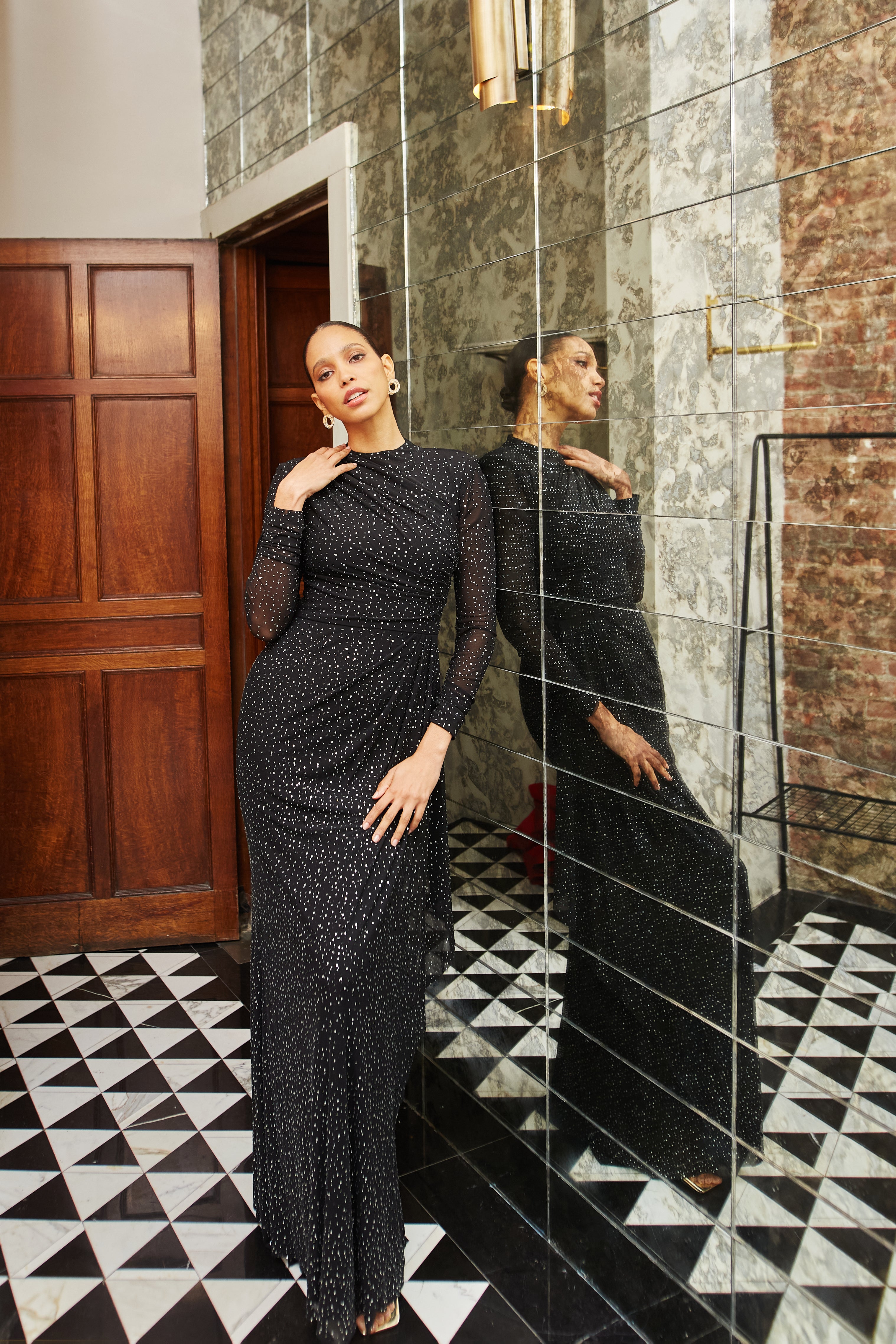
Length
Length is the easiest. A Black Tie dress should always be floor length. Not ankle length—your Black Tie dress should reach your feet or sweep the floor. This is a standard and widely agreed-upon rule. Cascading high-to-low hems can be acceptable, but aim for total floor length first and foremost.
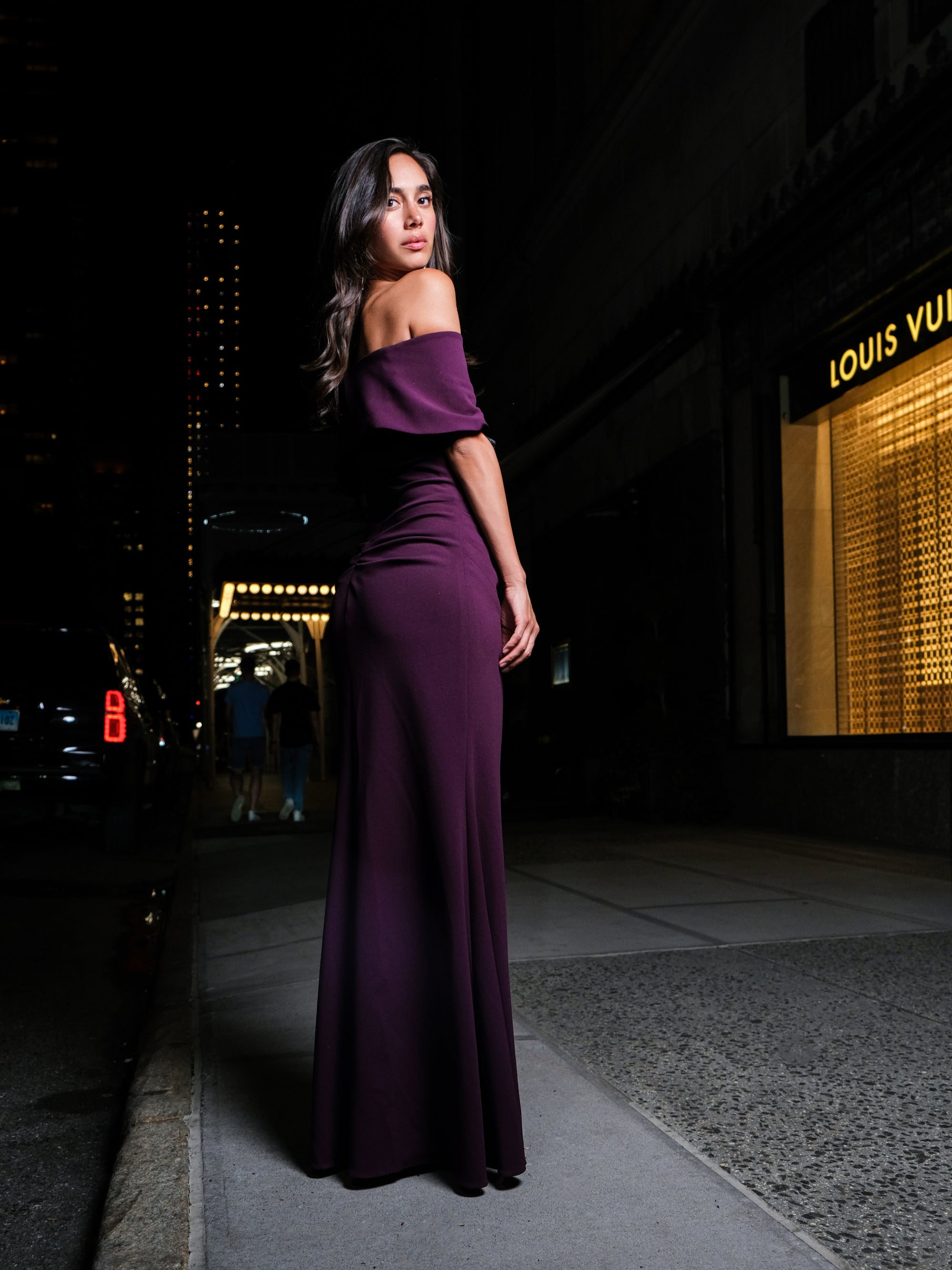
Style
Style is trickier. Remember, Black Tie is the second most formal dress code—the silver medal of fancy. This means dresses should be extremely sophisticated and refined. When picking a style, avoid cutouts, cropping, ties, plunging necklines, slits that go above mid-thigh, and anything that shows excessive skin. This is a formal affair and needs to be treated as such. If you want to show some skin, that’s absolutely fine! Just opt for styles like one-shoulder, off-the-shoulder, strapless, or slits that stop at the mid-thigh or lower.
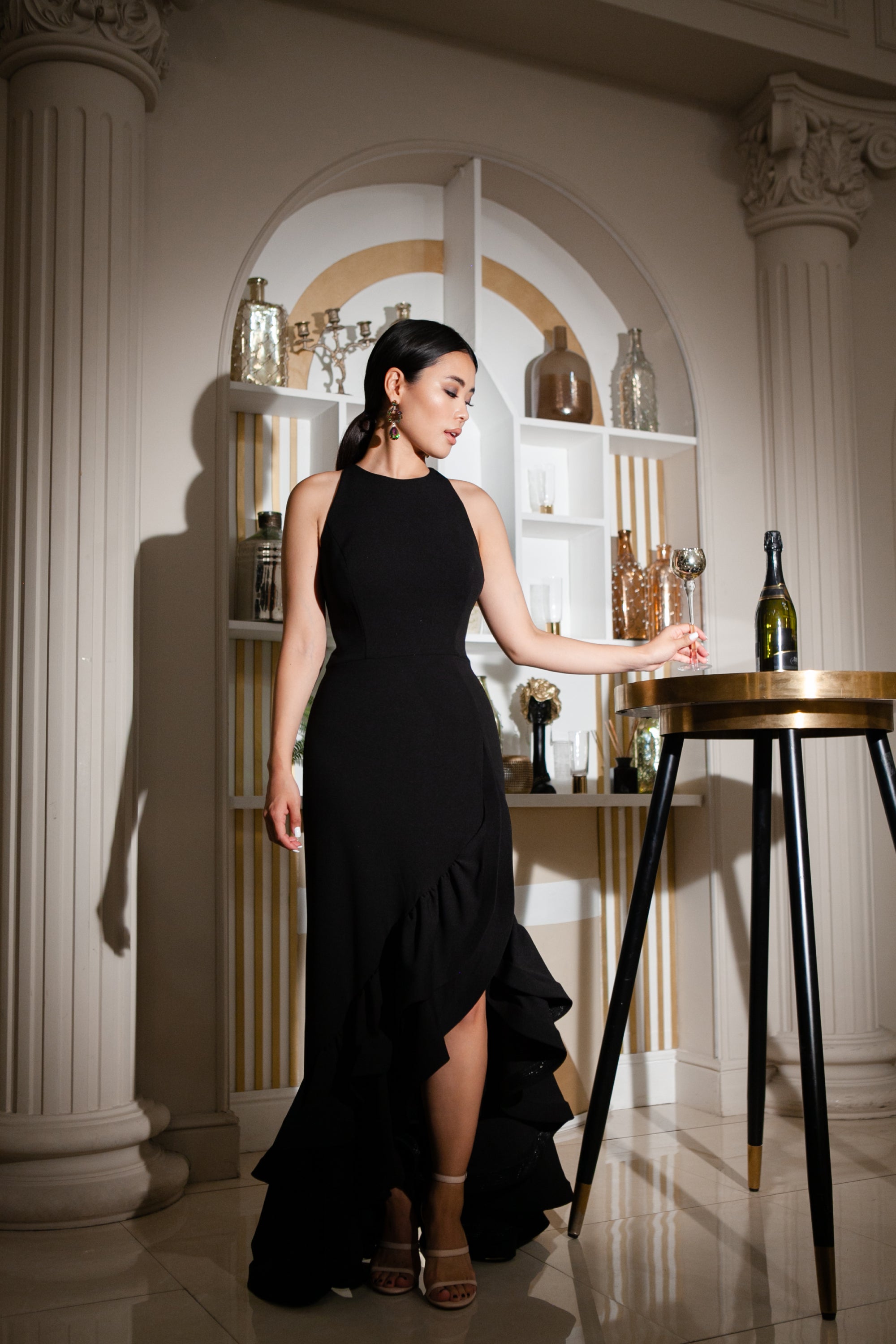
Quality
Quality is the hardest to judge because you often have to see the dress in person to know. Because Black Tie is formal and refined, the make of your dress needs to reflect this. Look for high-quality fabrics like crepe, chiffon, scuba, silk, satin, tulle, double jersey, and velvet. Make sure the dress is fully lined, see if it has built-in cups if a bra cannot be worn with it, and check that details like the zipper are hidden. If your dress has embellishments or embroidery, do those elements continue over the entire garment, or do they stop suddenly? All of these factors can make or break your Black Tie dress.
If your dress meets the Betsy & Adam Black Tie Rule of 3, you’ve got a winner! Finding your Black Tie dress shouldn’t be a struggle, but we understand that in a world full of RSVPs and millions of options, things can get confusing. We’ve curated a collection of our Black Tie picks that meet our Rule of 3 for you to explore and find your perfect fit for your Black Tie event!
Do I have to wear black to a Black Tie event?
No! Absolutely not! "Black Tie" refers to the color of the bow tie that goes with the menswear suit only! The dress does not have to be black! Keep in mind, since this is a very formal dress code, extreme neons may not be within the appropriate color palette, but color is most certainly welcome. However, always check the invite because there may be specific color parameters requested to ensure guests maintain a uniform look.

Do I have to Wear a Dress?
Also no! Formal wear jumpsuits are a great alternative to dresses, as long as they meet the Betsy & Adam Rule of 3. These are a great way to combine the menswear dress code with the womenswear while still staying true to Black Tie.

What if the RSVP is “Black Tie Optional”?
“Black Tie Optional” is the gray area between true “Black Tie” and the step down of “Formal.” It gives guests the flexibility to choose between the two dress codes and even “mix and match,” so to speak. For menswear, this means they can change up their suits and ties. For women, they can go the route of a complete Rule of 3 Black Tie dress or choose a formal wedding guest dress, such as a cocktail dress or another option that is slightly less formal. If you are unsure what to do, we at B&A always say it's better to be overdressed than underdressed, so you can play it safe and stick with your Black Tie dress. If that still makes you nervous, a formal cocktail dress is always a solid choice for a “Black Tie Optional” dress code.
What if I think my dress is Black Tie, but I’m not positive?
In the end, go with your gut. If you think your dress choice is breaking any of the Rule of 3, then it might be better to err on the side of caution and find a new one. Again, it’s always better to be safe. When attending such a special event, you deserve to feel confident in your dress choice, not second-guessing whether or not you made the right decision. You’ve taken the crash course. You know what to do and what to look for. You’ve got this!







